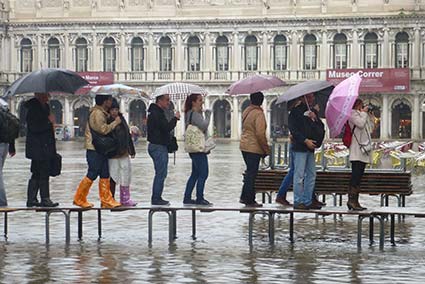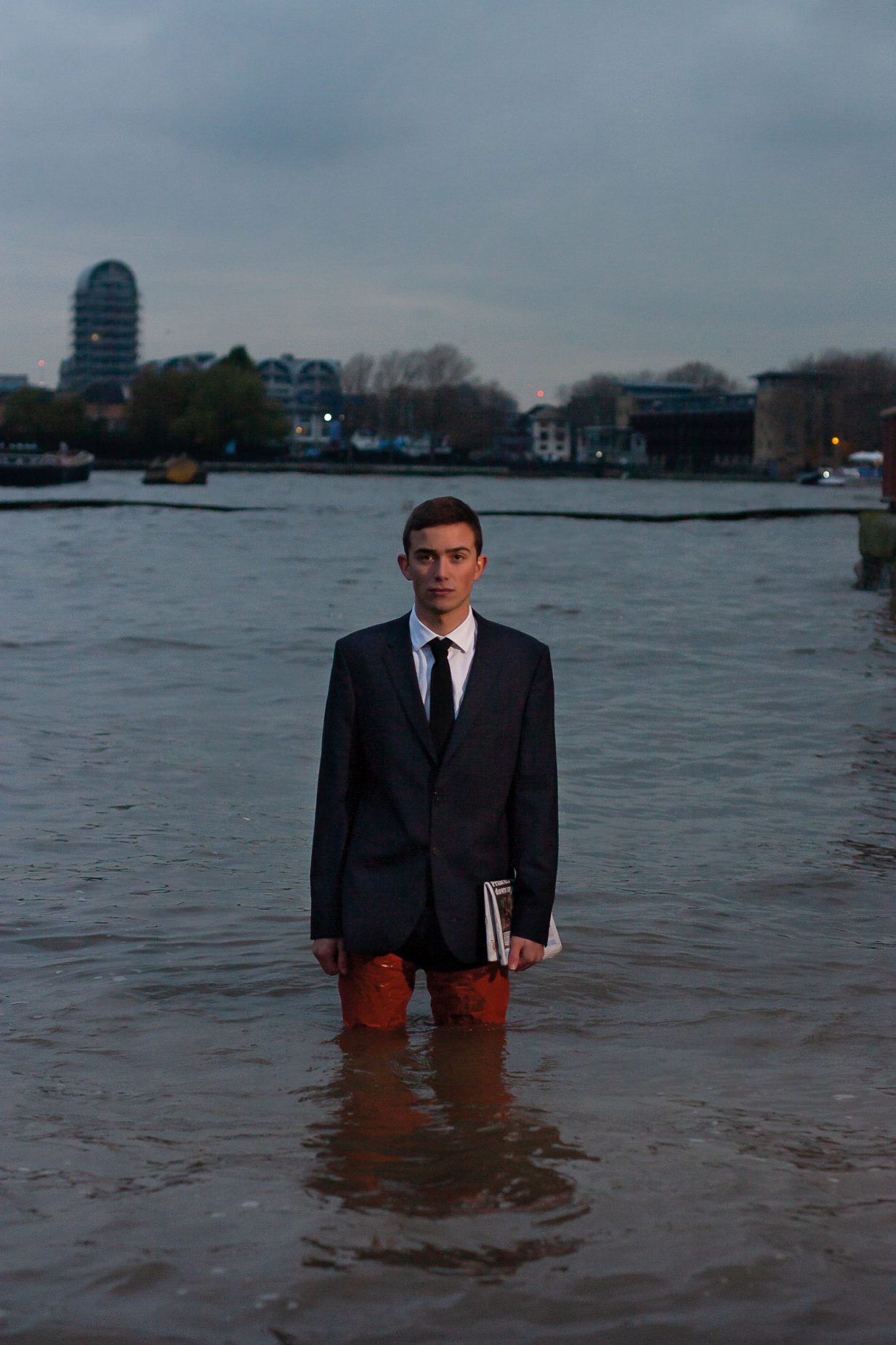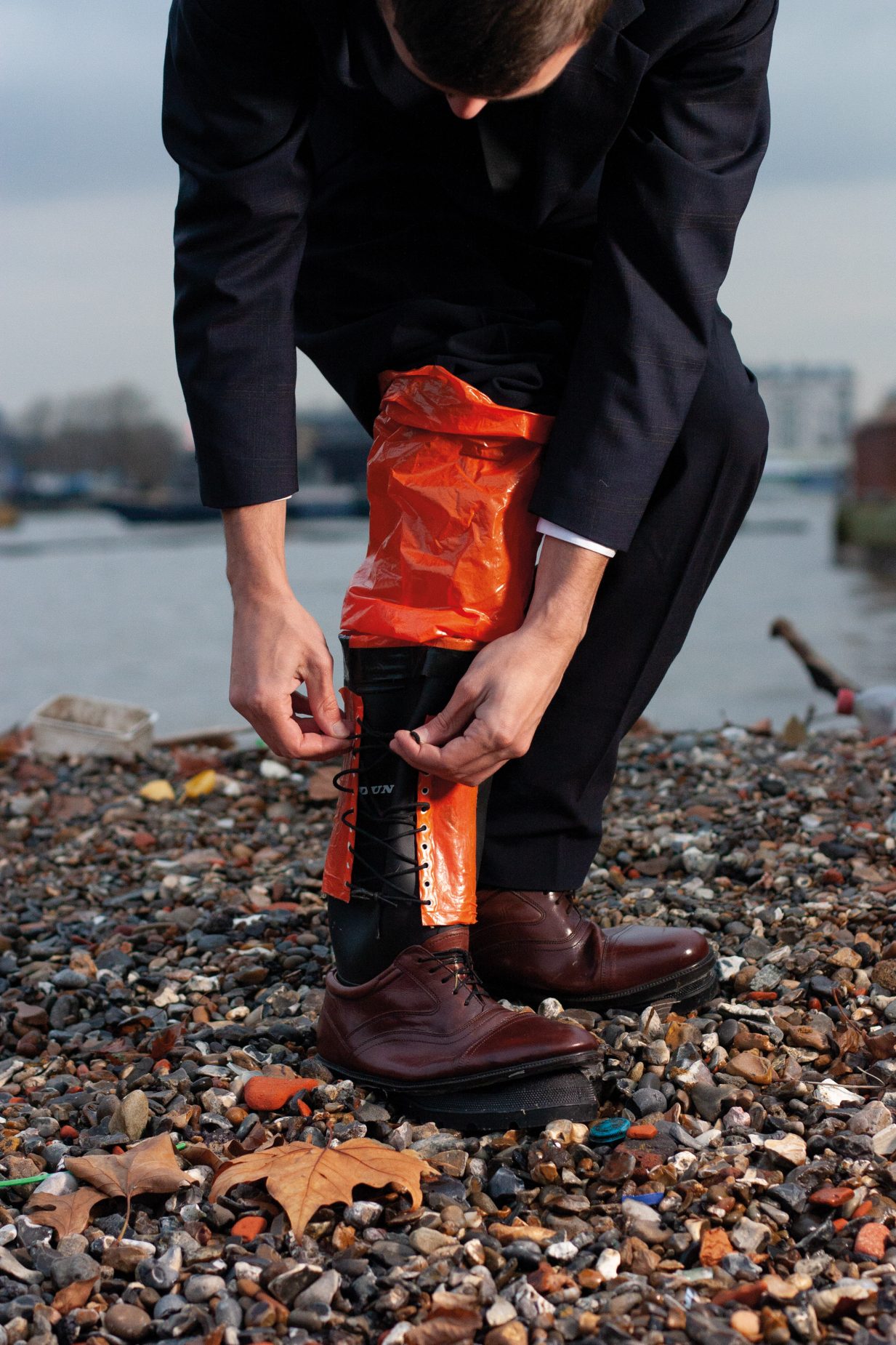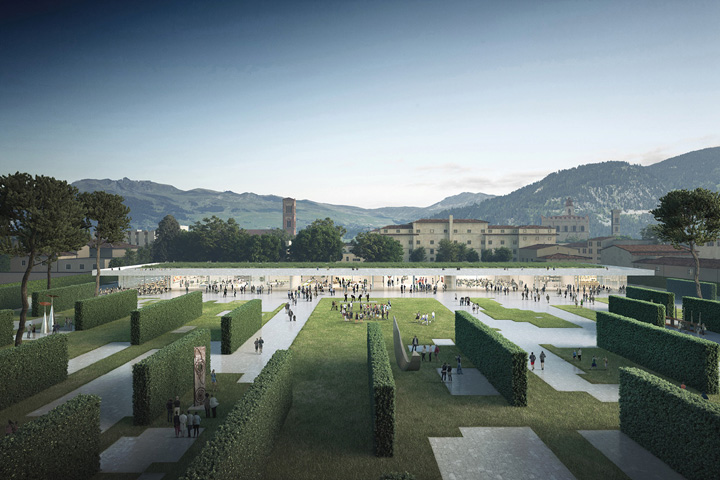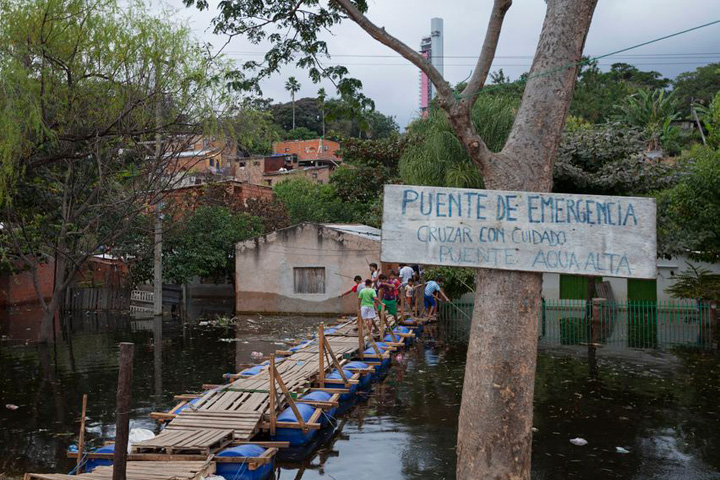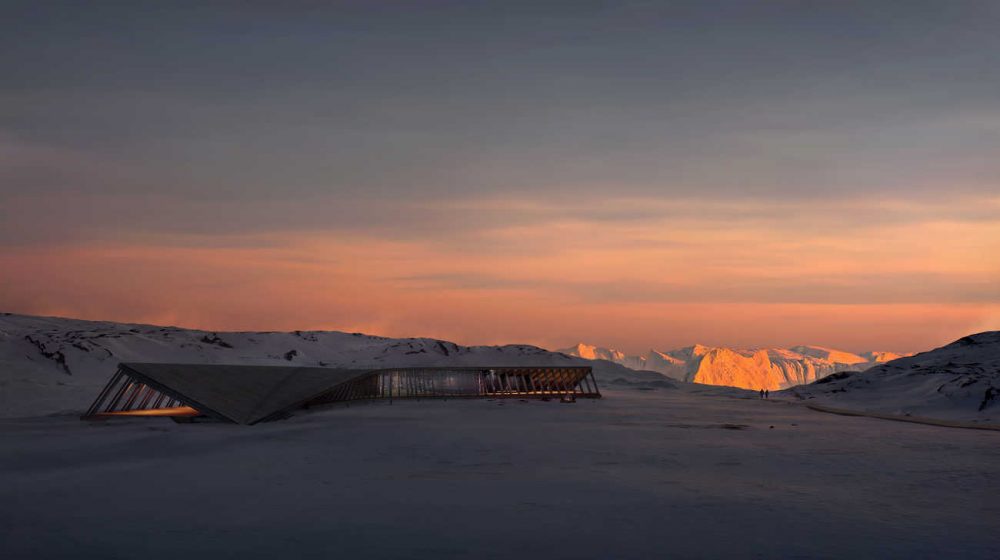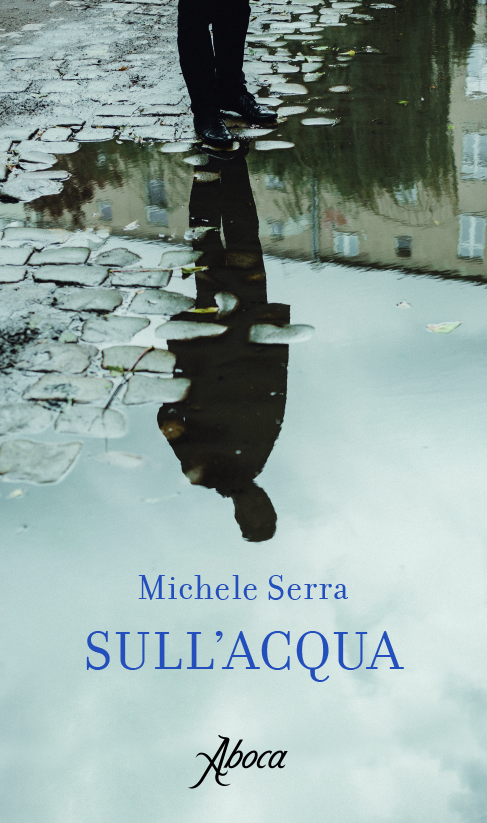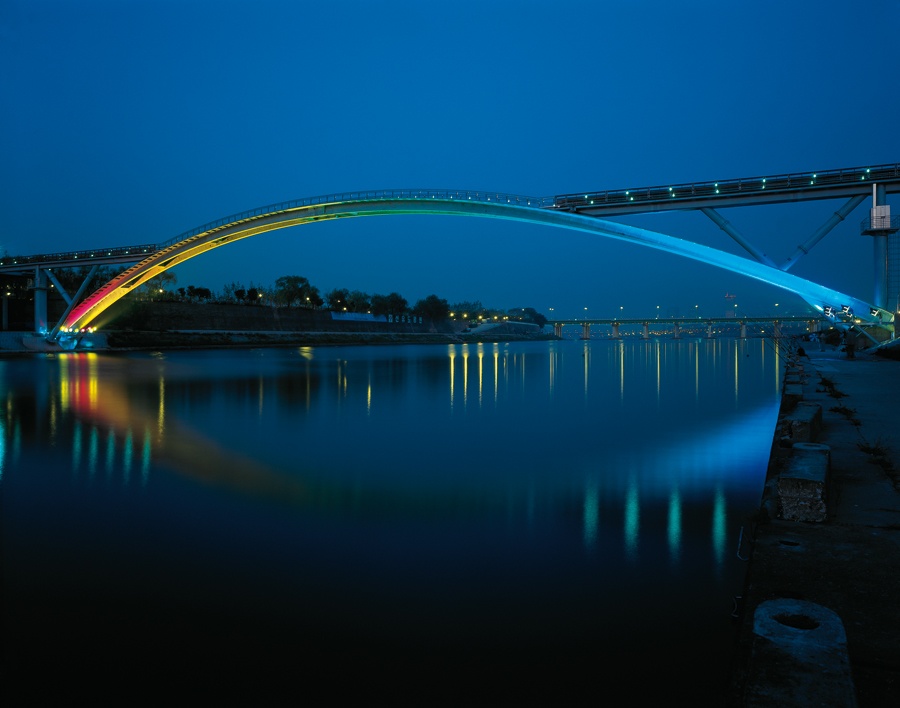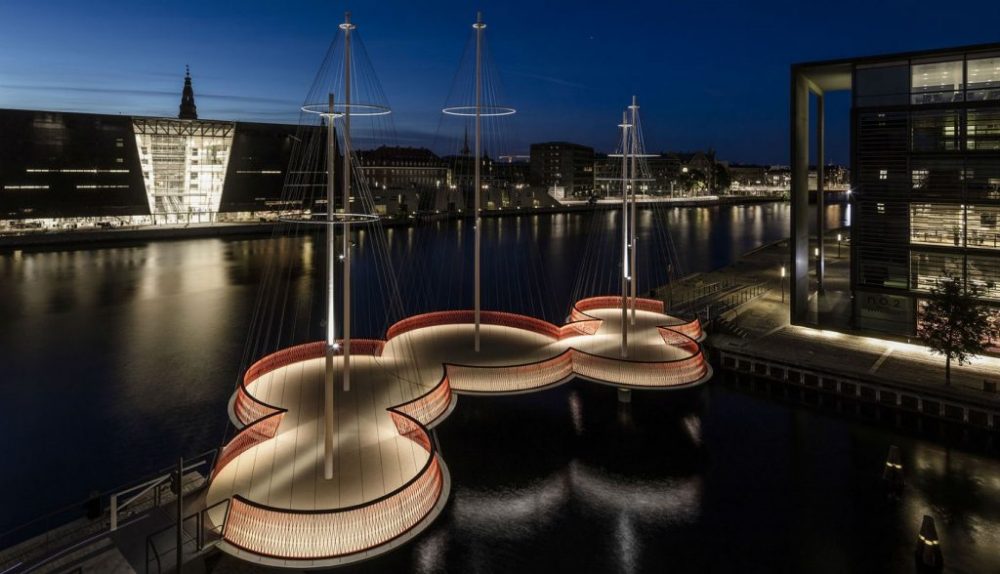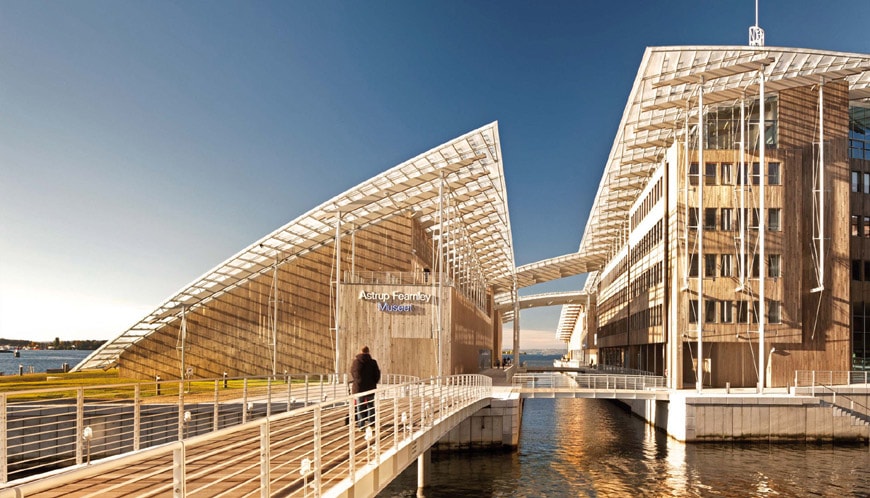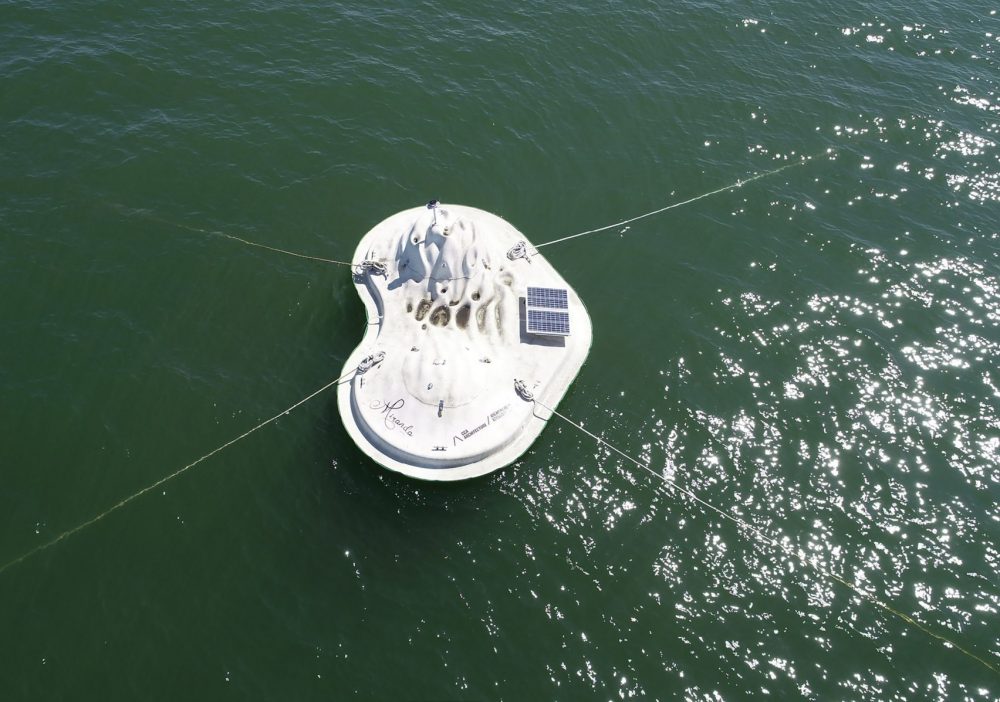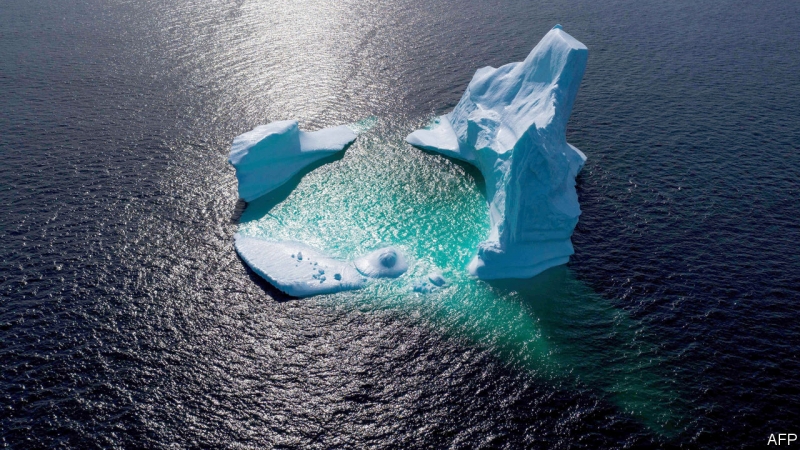Valerio Barberis, ecosistema urbano — Urban eco-system
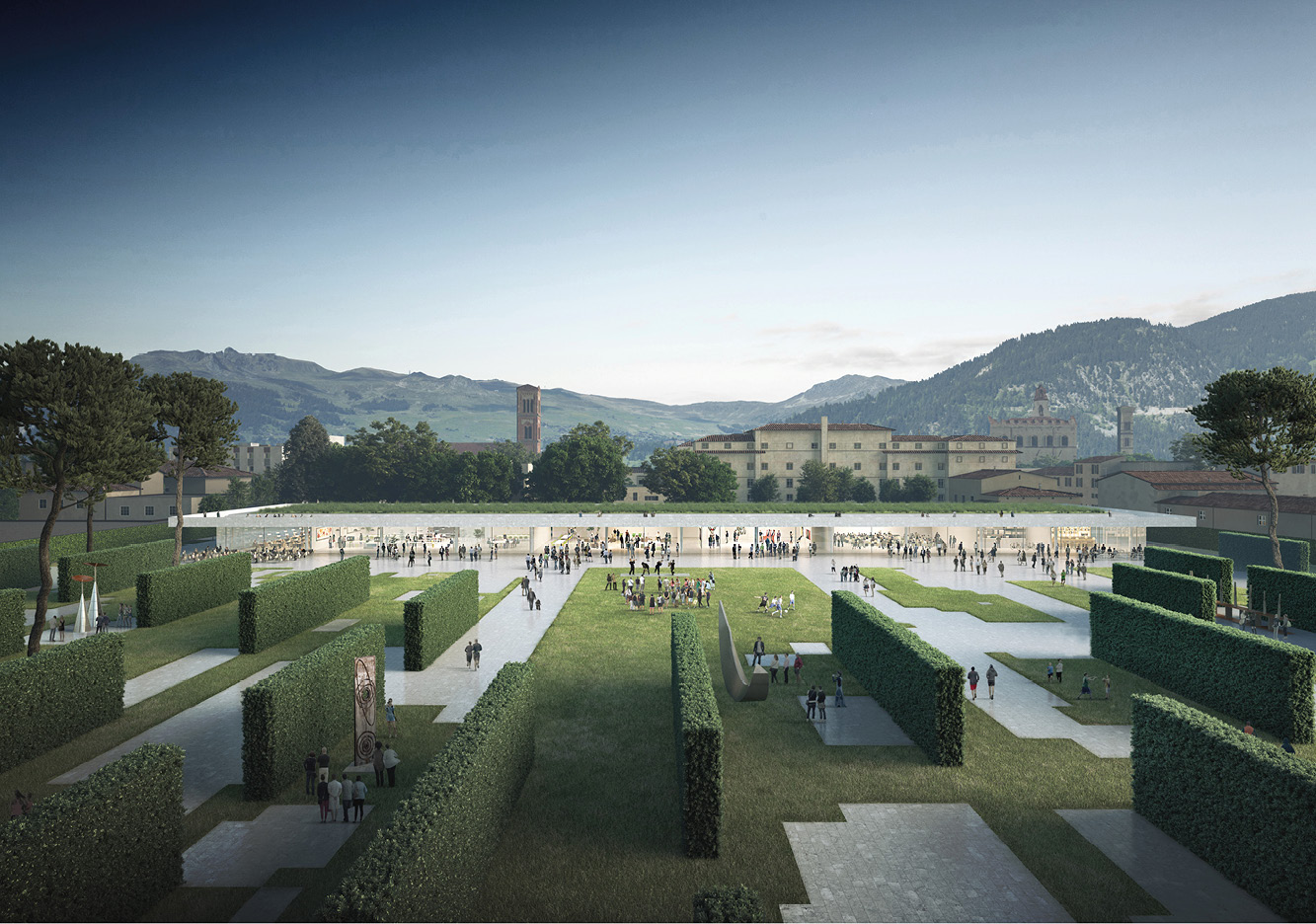
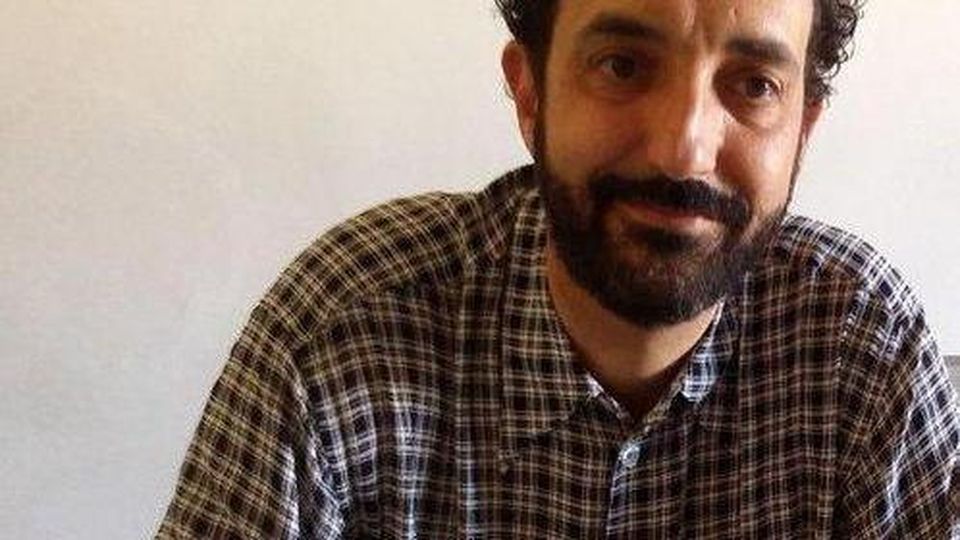
PREMIO INTERNAZIONALE BIENNALE DI PISA – INTERNATIONAL AWARD BIENNALE DI PISA
Adeguare la città al tempo contemporaneo, al netto di mode e illusioni: è quello che sta facendo Valerio Barberis, assessore per l’urbanistica con il suo progetto “Prato guarda al futuro”. Il Piano Operativo del Comune di Prato si riferisce all’Agenda 2030 per lo sviluppo sostenibile e al Patto di Amsterdam del 2016, proponendo una visione della città che parte dall’identificazione del ruolo strategico che Prato riveste nell’ambito nazionale, regionale, promuovendo e contribuendo a una prospettiva di sviluppo sovra locale.
VALERIO BARBERIS, #tempodacqua #thetimeofwater
Valerio Barberis is the urban planning commissioner and he is responsible for the revitalization of an industrial zone where many Chinese workshops are located and a series of minor interventions in public spaces that seek to achieve fruitful platforms for exchange and shared encounters between the Chinese community and the inhabitants of Prato.
Valerio Barberis studied at the Faculty of Architecture in Florence. In the late 1990s he founded the MDU architects studio in Prato with other three parners. The work of the study emerges for the originality of the research, it is stated in numerous design competitions and is published in the most important international magazines and webzines.In 2014, the mayor of Prato, Matteo Biffoni, called him to take on the role of Councilor for Urban Planning and Public Works. He decides to dedicate himself entirely to the public office. In his role as Councilor he promotes an overall vision of the future of the city of Prato, which takes shape in the formation of an Urban Agenda that is emerging in the national and European panorama, in the debate on sustainable local development. From 2016 he is the coordinator for Italy in the Partnership on Circular Economy within the Urban Agenda for the EU program, undertaken by the European Commission.
Javier Corvalán, osare e costruire — Daring and building
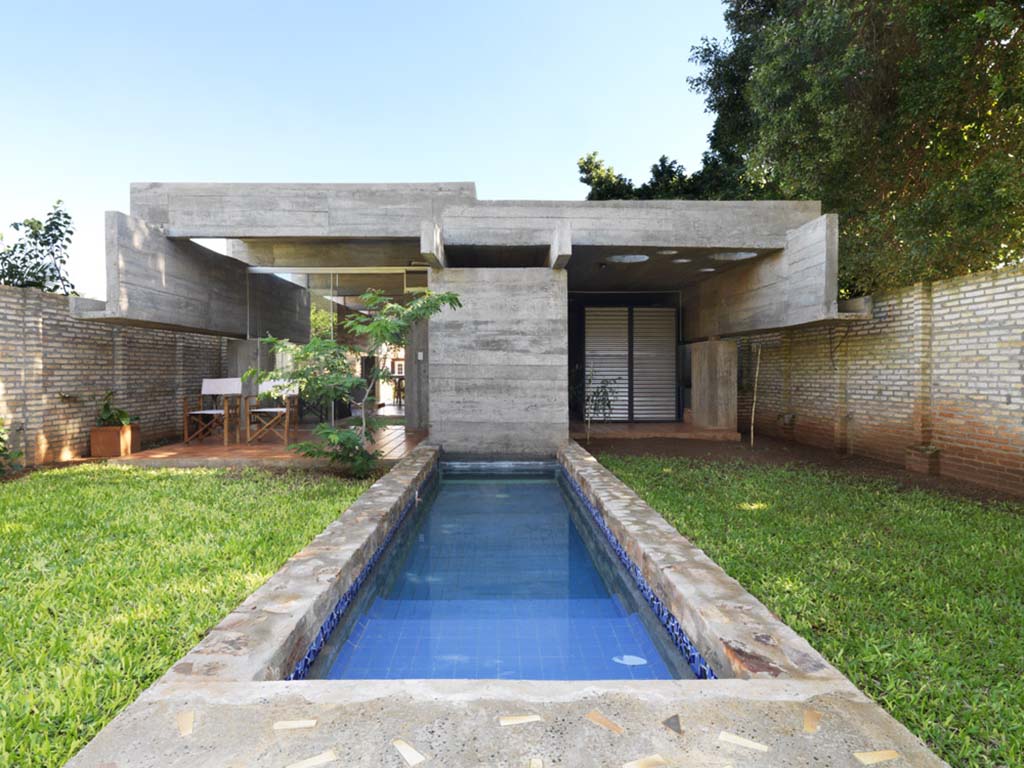
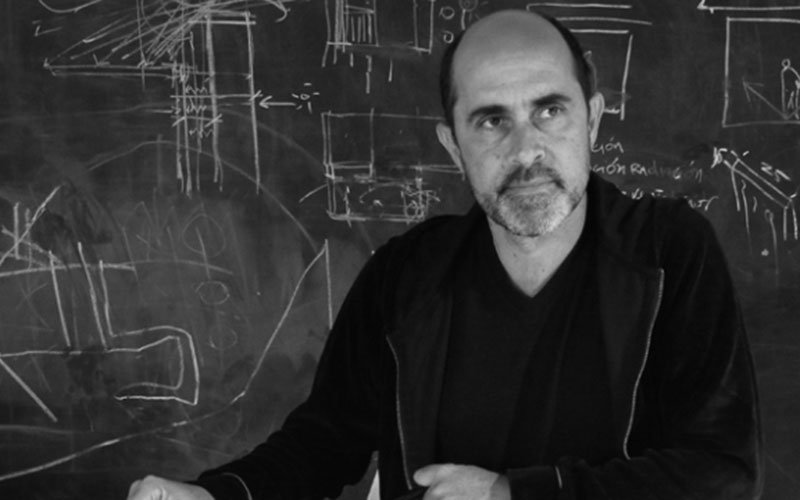
PREMIO INTERNAZIONALE BIENNALE DI PISA – INTERNATIONAL AWARD BIENNALE DI PISA
Corvalán, paraguayano, è autore di architetture sensibili verso i contesti. Il concetto strutturale, la forma, la relazione con l’ambiente, sono elementi strettamente connessi nei progetti di Corvalán, autore di molte abitazioni dalle strutture apparentemente semplici, ma in realtà molto ardite (tra queste casa Hamaca, casa Surubì, Casa Sotoportego).
Ha portato il suo progetto per il Padiglione del Vaticano alla Biennale di Venezia 2018. Sopra, Puente Aqua Alta, ponte d’emergenza per l’esondazione del Rio Paraguay A sinistra, Sotoportego, casa in Paraguay
JAVIER CORVALÁN, Laboratorio De Arquitectura #tempodacqua #thetimeofwater
Javier Corvalán is the founder of the Asunción-based architectural practice Javier Corvalán+Laboratorio de Arquitectura. In 2014, he has presented his work at the Triennale di Milano and Biennale di Venezia. In 2018, he will take part in the 16th Biennale di Architettura di Venezia, with a project for the Vatican Pavilion. He is the author of architectures sensitive to contexts. The structural concept, the form, the relationship with the environment, are closely related elements in Corvalán’s projects, author of many houses with apparently simple structures, but in reality very bold
Javier Corvalán Espínola, (1962), graduated in architecture in the Faculty of Sciences and Technologies of The Catholic University Nuestra Señora de la Asunción UCA. He has done postgraduate studies in Rome at the University of La Sapienza and is PHD candidate at Istitutto Universitario di Architettura di Venezia IUAV. He teaches at the Faculty of Architecture Design and Arts of the National University of Asuncion FADA UNA and is Research Professor at the Faculty of Science and Technology of the UCA. He also teaches in several Latin American universities and holds the position of Visiting Professor at the Institutto Universitario di Achitettura di Venezia IUAV, where he’s a PHD candidate. Amongst his recent realizations are the Capilla del Cerrito and Casa Amaca, both in Asunción (2010).
Icefjord centre in Groelandia — Climate change’s last border
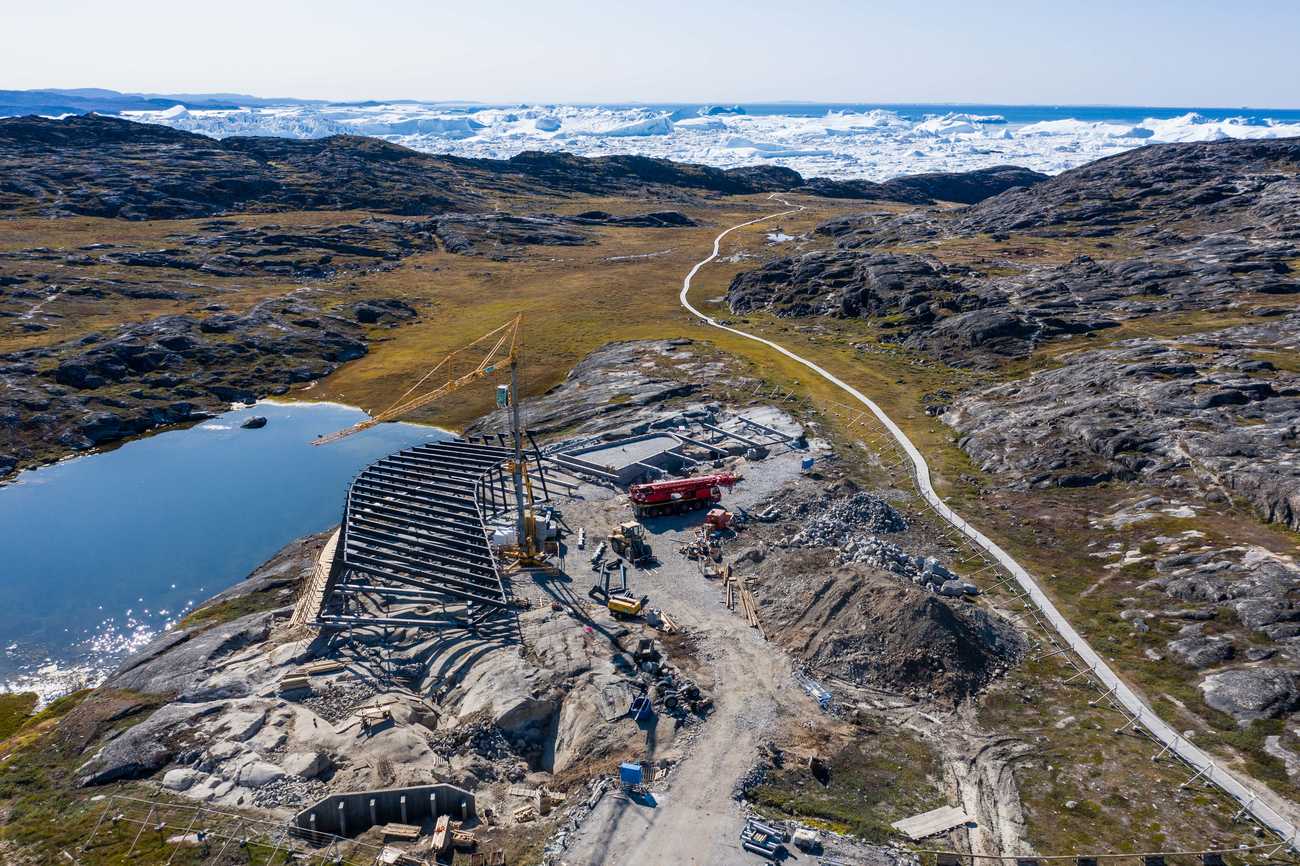
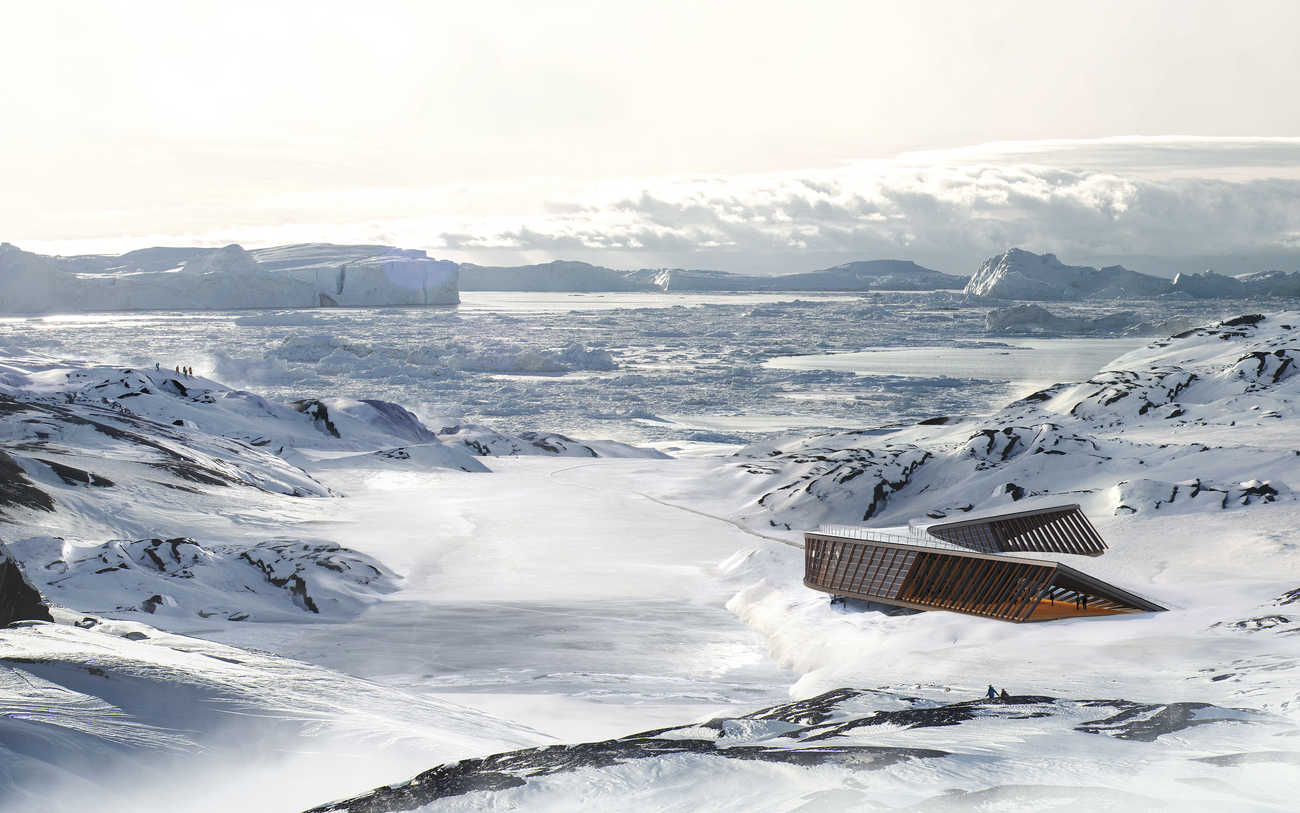
Sulla costa occidentale della Groenlandia si trova il massiccio ghiacciaio Sermeq Kujalleq nei pressi del quale Dorte Mandrup ha progettato il nuovo Icefjord Centre di Ilulissat. Il cantiere ha visto la luce nell’estate del 2019 e sarà un osservatorio privilegiato per gli studiosi del cambiamento climatico.
ICEFJORD CENTRE IN ILULISSAT, Dorte Mandrup #Icefjord Centre in Ilulissat #dortemandrup #tempodacqua #thetimeofwater
At the western coast of Greenland lies the massive glacier Sermeq Kujalleq. For more than 250 years, glaciologists have studied the ancient glacier and its daily production of immense amounts of ice, and it remains an ideal spot for scientific observation of climate change. Dorte Mandrup has designed the new Icefjord Centre in Ilulissat to blend in with the impressive landscape while offering local residents, tourists, and climate researchers the ultimate vantage point from which to absorb the historic atmosphere of the Icefjord. The Icefjord Centre will tell a story of ice, of human history and evolution on both a local and global scale.
Originating from a background in sculpture and ceramics, Dorte Mandrup’s approach to architecture has always been ‘hands on’. Shape and form constitute the company ethos – to create spaces which are aesthetically pleasing, contextually relevant, and invite people to engage.
Dorte Mandrup graduated from the Aarhus School of Architecture, Denmark in 1991. She founded her Copenhagen based studio in 1999 where she continues to be Creative Director. Her design philosophy and artistic yet systematic mindset permeates the entire office as she is design responsible in all projects.
Acqua urbana — Ground water
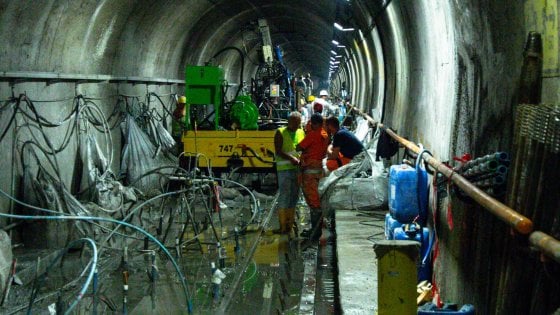
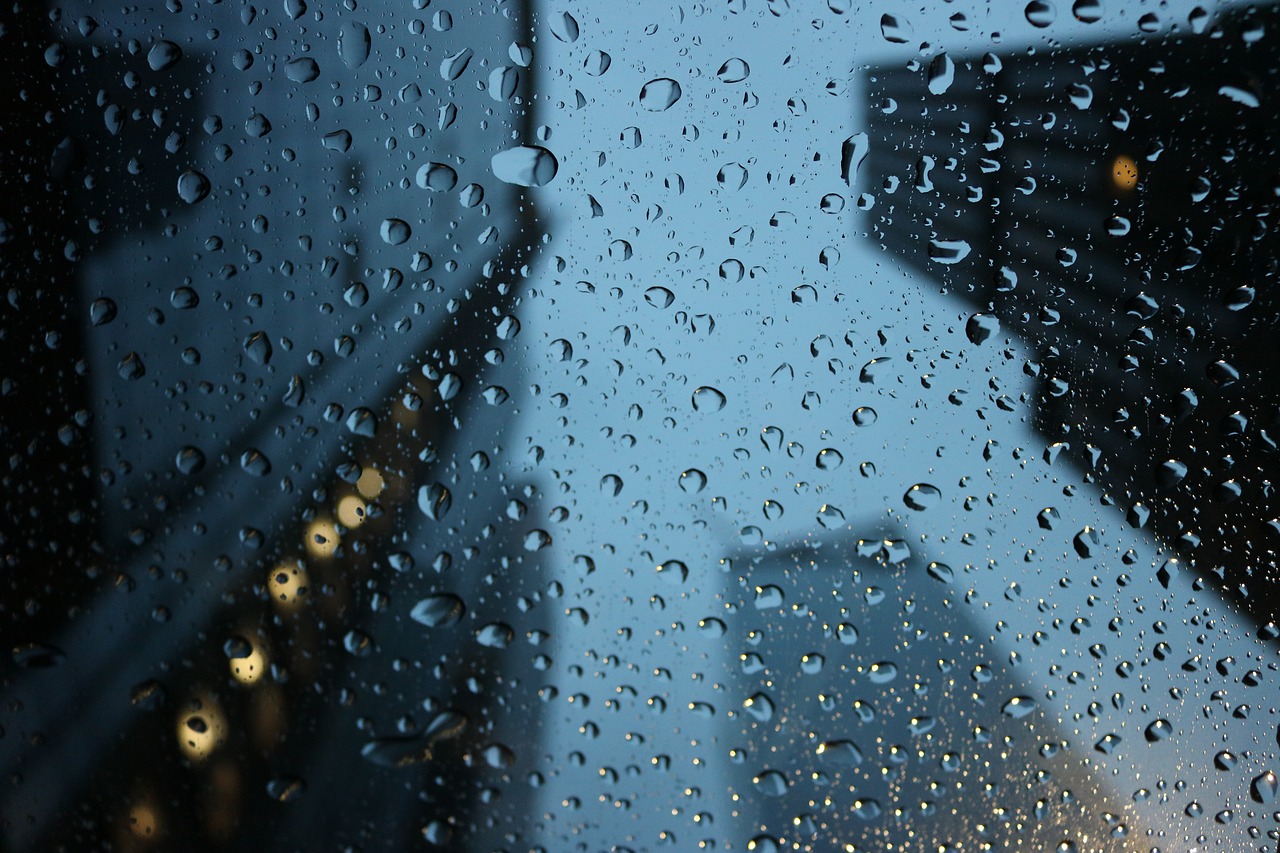
Le acque di Milano sono le protagoniste del libro di Michele Serra “Sull’acqua”, edito da Aboca nel 2018. Lo sviluppo industriale, la fortuna dei grandi fondi agricoli lombardi sono legati alll’acqua. Dopo decenni di prelievo forzato industriale, le acque di Milano giacciono nel sottosuolo della città. Il racconto prende spunto dall’attività industriale delle Acciaierie e Ferriere Lombarde Falck a Sesto San Giovanni, che si alimentavano dalla falda acquifera della Pianura Padana, “l’anima rigurgitante dell’economia lombarda” (articolo in askanews)
SULL’ACQUA, Michele Serra #sullacqua #micheleserra #tempodacqua #thetimeofwater
The book “Sull’acqua”, written by Michele Serra, is a text at once poetic and philosophical on the universal and critical theme of water, the essential element in the life of individuals and of societies, now under the real, keen threat of environmental pollution, that has been able to build dispersion and voracious economic interests.
Michele Serra writes: “The idea of something coming from below is no less fascinating than something looming from above; if the ancients were afraid that the sky would fall, I imagined an event for us moderns in which the water comes up from the depths to remind us of our weaknesses as well as our duties […] It goes without saying that this isn’t just a poetic musing. Climate change reflected in water levels […] is one of the great future problems for humanity, and water consumption is a clear urgent need […] That which emerges from below contains a revelation, something that we had forgotten, neglected […] Sull’acqua is also an unspoken prayer: may we never be without water, and may its level remain high enough for our survival, neither above that nor below.”
Il ponte di Seonyudo — the footbrigde of peace
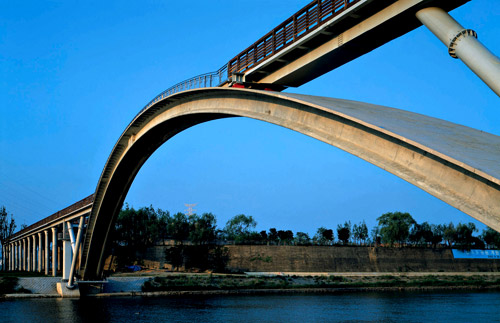
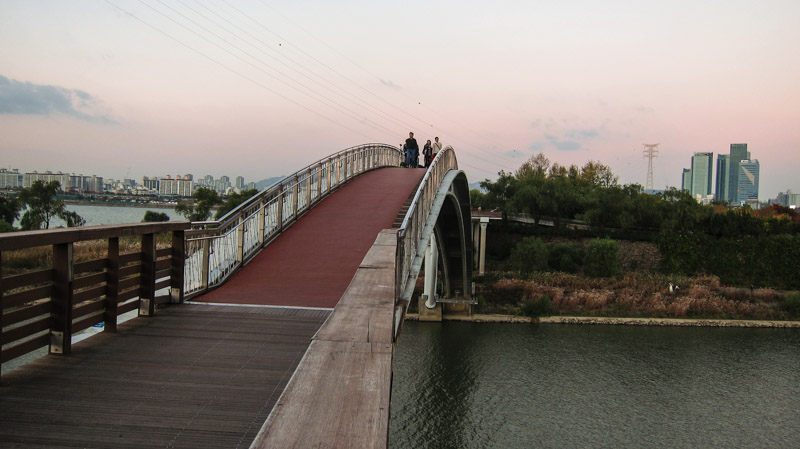
Il ponte della pace di Seoul (realizzato nel 2002) collega la megalopoli con l’isola Sunyudo sul fiume Han. Rudy Ricciotti interpreta lo spazio di connessione affrontando le scelte della conservazione e della demolizione, definendo con l’arco in cemento un nuovo spazio che concilia la città con il fiume.
SEONYUDO BRIDGE, Rudy Ricciotti #seonyudobridge @rudyricciotti
The Footbridge of Peace is a gift to the Republic of Korea from France and links Seoul with Seonyudo Island, which is being turned into a park and visitor attraction. The arch bridge has a constant depth of 1.3 m over a 110-m span and was built using a cementitious material called Ductal, that is reinforced with steel fibres and/or synthetic fibres. The bridge was constructed by VSL International and was erected as six precast segments.
Rudy Ricciotti is a French architect born in 1952. Architect and engineer, he associates “strength of creation and true construction culture”.
His projects are marked of politic, technic, poesy, culture and materiality. He is the man of “doing” (the construction) and the material (the concrete); his projects make a constant tribute to specific knowledges, which of engineers first and then numerous and precious of the workers.
Una barca a vela in città — A sail boat in town
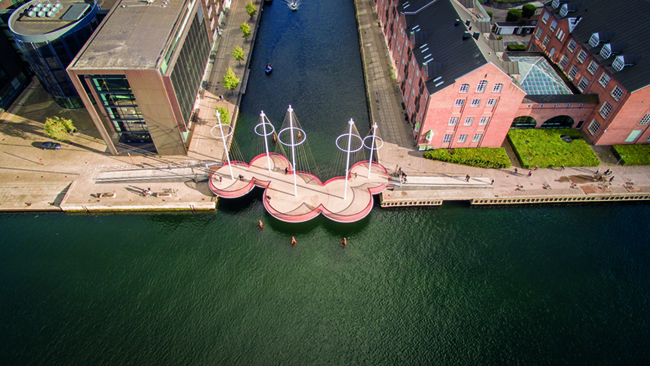
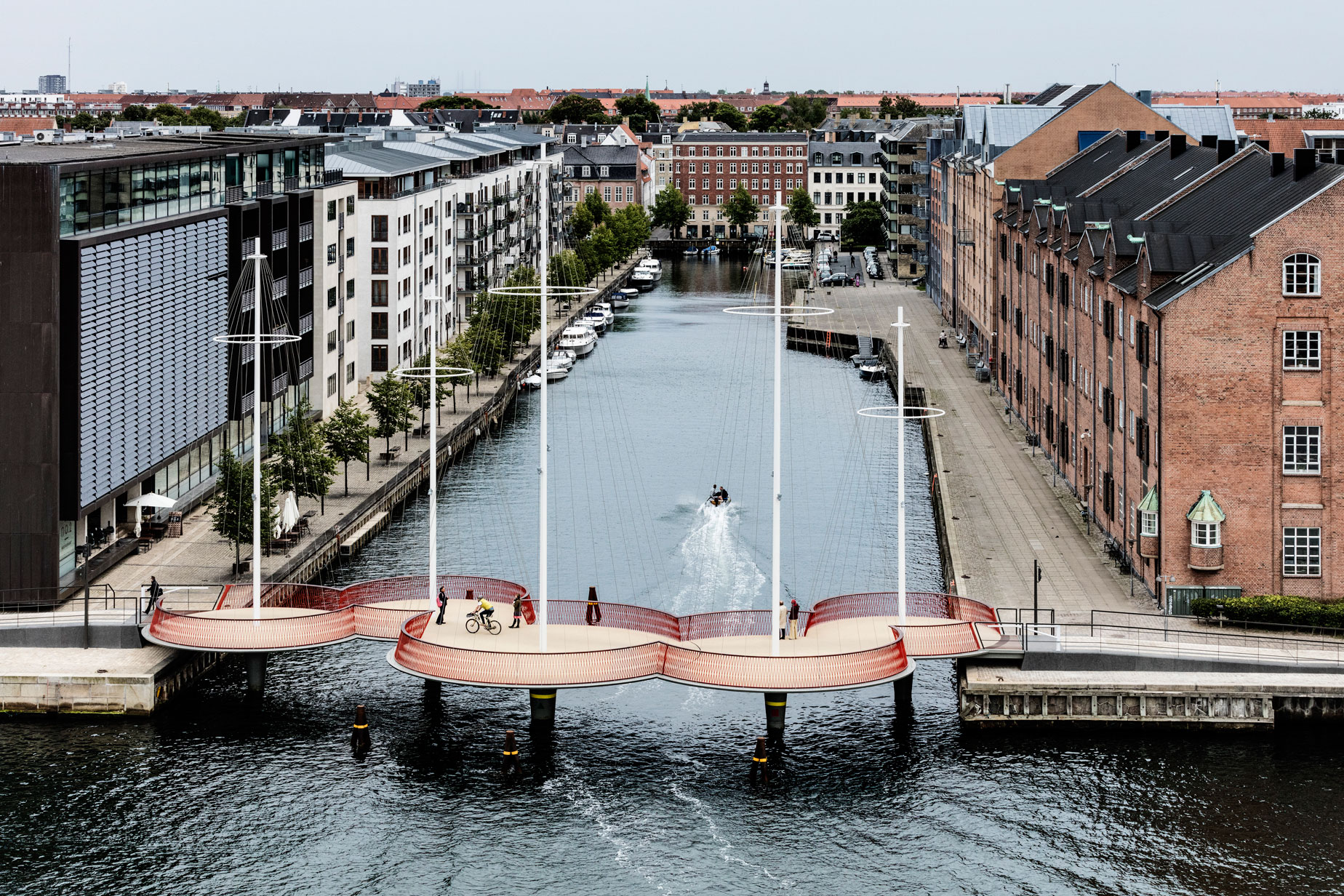
Cinque piattaforme e piloni di varia altezza: così è stato pensato il Circle Bridge che assomiglia molto a un barca a vela il ponte. È stato disegnato (2015) da Olafur Eliasson a Copenhaghen. Collega due quartieri della città, ma è molto più di un transito. È un punto d’incontro e di osservazione lungo il lungomare per riflettere, sperimentare nuove visioni e prospettive. Come in barca a vela per mare (immagini olafureliasson.net)
CIRKELBROEN, Olafur Eliasson #circlebridge
The footbridge “Cirkelbroen” consists of five interconnected circular platforms in various sizes, each with a tall mast designed to resemble ship masts with reference to the boats that sail the Copenhagen waterways. Copenhagen’s harbor was once a center of maritime activity, and Cirkelbroen is a testimony to that history. More than 110 tensioned wires are threaded between the base of the bridge and the tips of five poles. “While working on the bridge, I remembered the fishing boats I saw as a child in Iceland,” said Eliasson. “Fish cutters were often moored in the harbor right next to each other, and sometimes it seemed as if you could actually walk across the harbor by going from boat to boat.”
Olafur Eliasson’s art is driven by his interests in perception, movement, embodied experience, and feelings of self. He strives to make the concerns of art relevant to society at large. Art, for him, is a crucial means for turning thinking into doing in the world. Eliasson’s works span sculpture, painting, photography, film, and installation. Not limited to the confines of the museum and gallery, his practice engages the broader public sphere through architectural projects, interventions in civic space, arts education, policy-making, and issues of sustainability and climate change.
L’acqua che unisce — Linking water
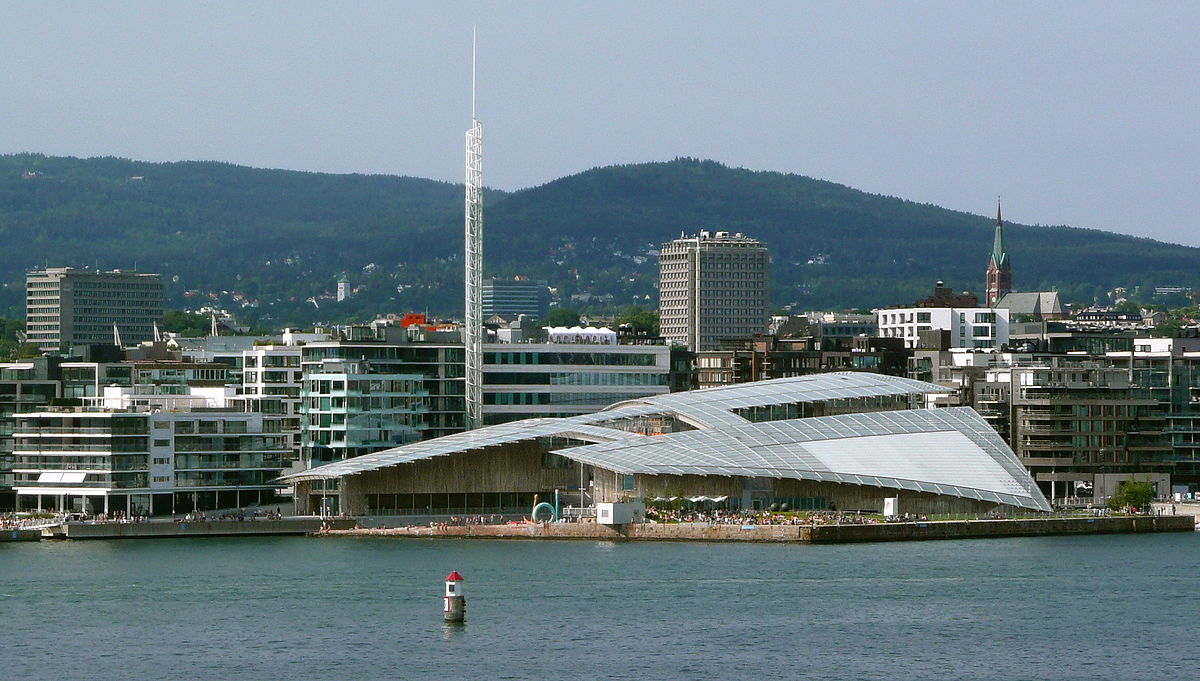

Sono tre edifici di vetro, acciaio e legno, due per le collezioni, uno per le mostre e si snodano lungo un percorso fatto di acqua, canali e verde, uniti da un canale ricoperto da un grande tetto in vetro. Li ha firmati Renzo Piano, nel 2012 e compongono l’Astrup Fearnley Art Museum di Oslo in Norvegia (foto © Nic Lehoux).
ASTRUP FEARNLEY MUSEET – OSLO, Renzo Piano #astrupfearnleymuseum #renzopiano #tempodacqua #thetimeofwater
The Astrup Fearnley Museet, designed by Renzo Piano Building Workshop in collaboration with Narud-Stokke-Wiig, (2012) has opened on a stunning waterfront site in the Tjuvholmen neighborhood of Oslo. The €90 million, 7000 square meter structure provides space for the museum’s collection, temporary exhibitions, a gift shop and cafe (archdaily.com).
Astrup Fearnley Museum starts outside: the park is an organic game of canals, bridges and lawns where sculptures of the Selvaag collection are displayed in the nature and in the Piazza. Once inside, the visitors experience the temporary exhibition of the Astrup Fearnley Museet in a big double-height space, where natural light is filtered from a glass roof. Level by level, a sequence of smaller art spaces are linked by a bridge, leading the view towards the park and the Piazza, and connecting the inside with the outside. On the opposite side of the canal there are two more spaces for art on two levels, showing the Museum’s permanent collection. Slender steel columns support the sail-form, glass roof that provides shelter to the weathered timber cladding, while illuminating the interior’s extensive collection of contemporary art with a soft, natural light. This is like a little city where the visitor can be in contact with nature, take a swim, enjoy urban life, while contemplating art (archdaily.com).
Frangiflutti intelligenti — Smart breakwater
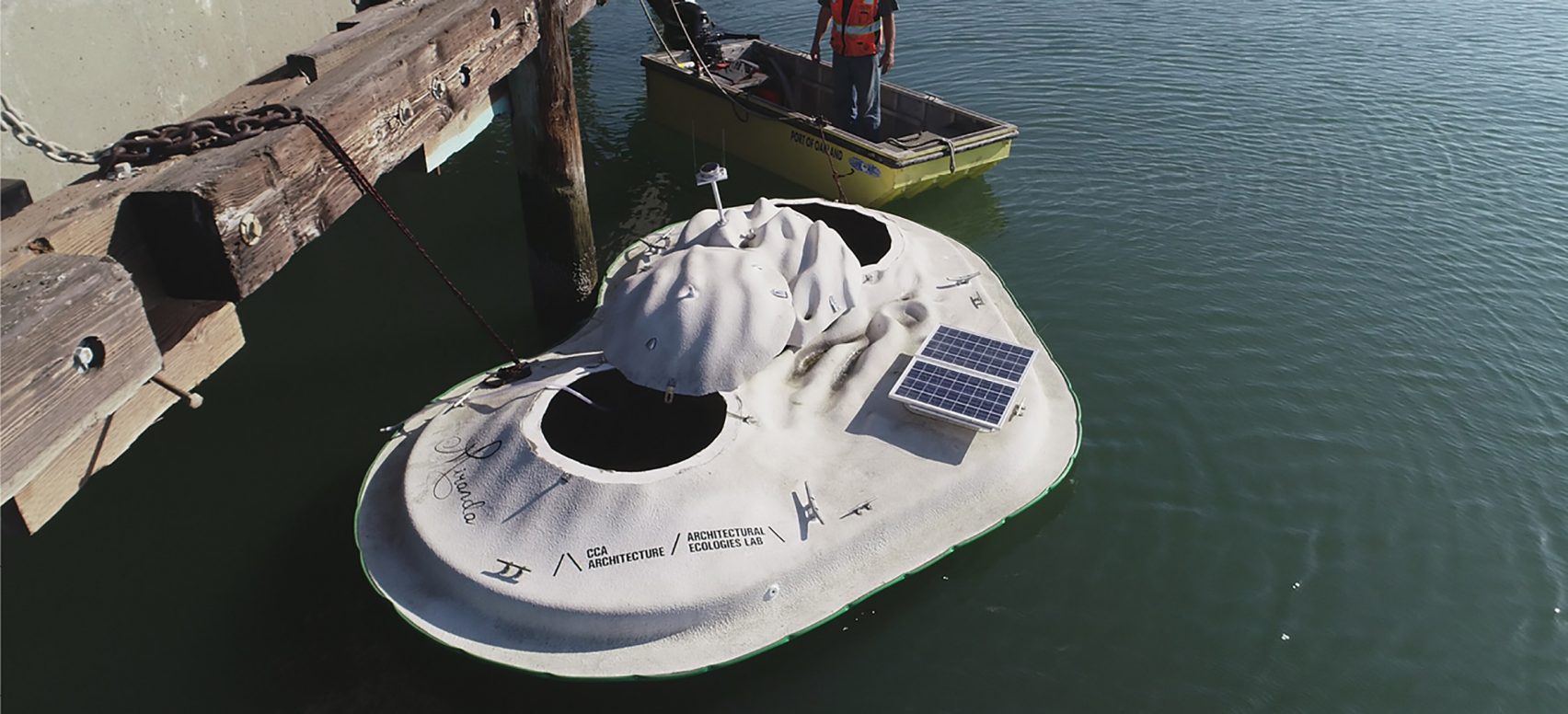
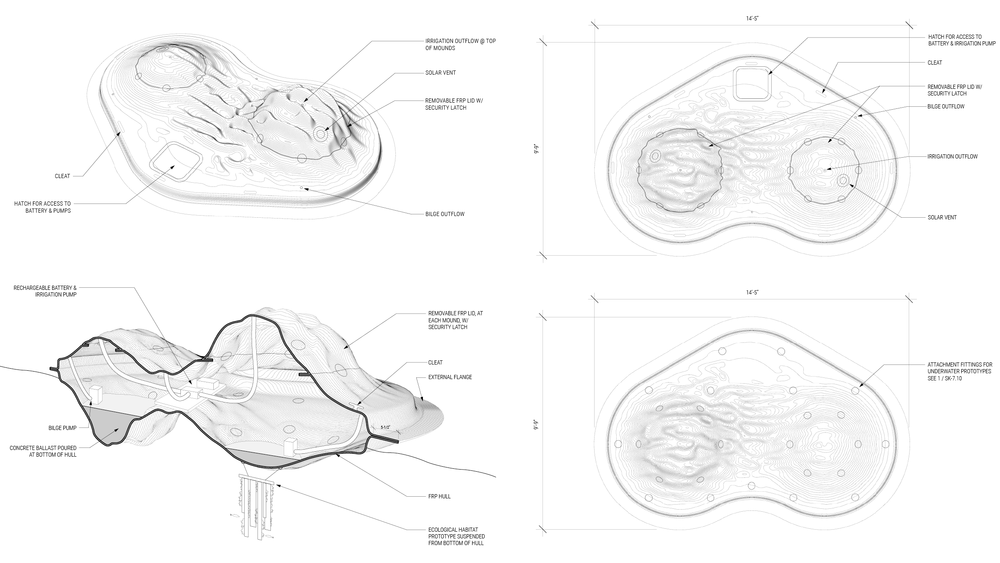
Si chiama Float Lab ed è una piattaforma galleggiante ormeggiata nel Middle Harbor Shoreline Park di Oakland, progettata dal California College of Arts. Funziona come frangiflutti e la sua forma è stata pensata per soddisfare le diverse esigenze dell’habitat marino, per spugne, nudibranchi, crostacei, ostriche, cozze e ricci di mare. La parte superiore ha picchi e vallate, per la formazione di pozze di marea. La parte inferiore ha topografie diverse i diversi tipi di invertebrati (da un articolo in deezen.com).
FLOAT LAB, California College of Arts #deezen #ArtsArchitecturalEcologieslab
The Float Lab will test solutions for enhancing marine habitat and alleviating coastal erosion. The substrate is designed to create a range of scales of habitats for marine invertebrates, creating small pockets of space that protect smaller creatures from predators and this strengthens the food chain and increases biodiversity.In large masses, this biological growth can help attenuate wave action and reduce coastal erosion – one of the primary impacts of climate change and sea-level rise
Float Lab, formally called the Buoyant Ecologies Float Lab –moored in Oakland’s Middle Harbor Shoreline Park, is a structure serving as both a research platform and demonstration project. The structure was created by a team of artists, designers and architects from the California College of the Arts (CCA). The floating structure acts as a breakwater that helps block waves and make the water calmer. The Float Lab, a cutting-edge prototype for an ecologically productive floating breakwater, merges expertise from design, advanced digital manufacturing and marine ecology to imagine a new kind of architecture for climate adaptation.
Oceani acidi — Acidic oceans
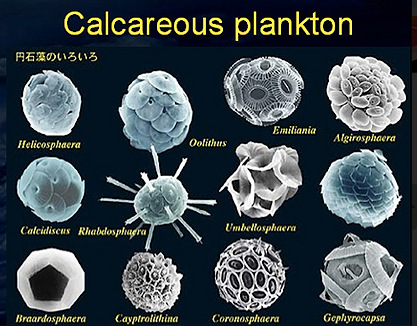
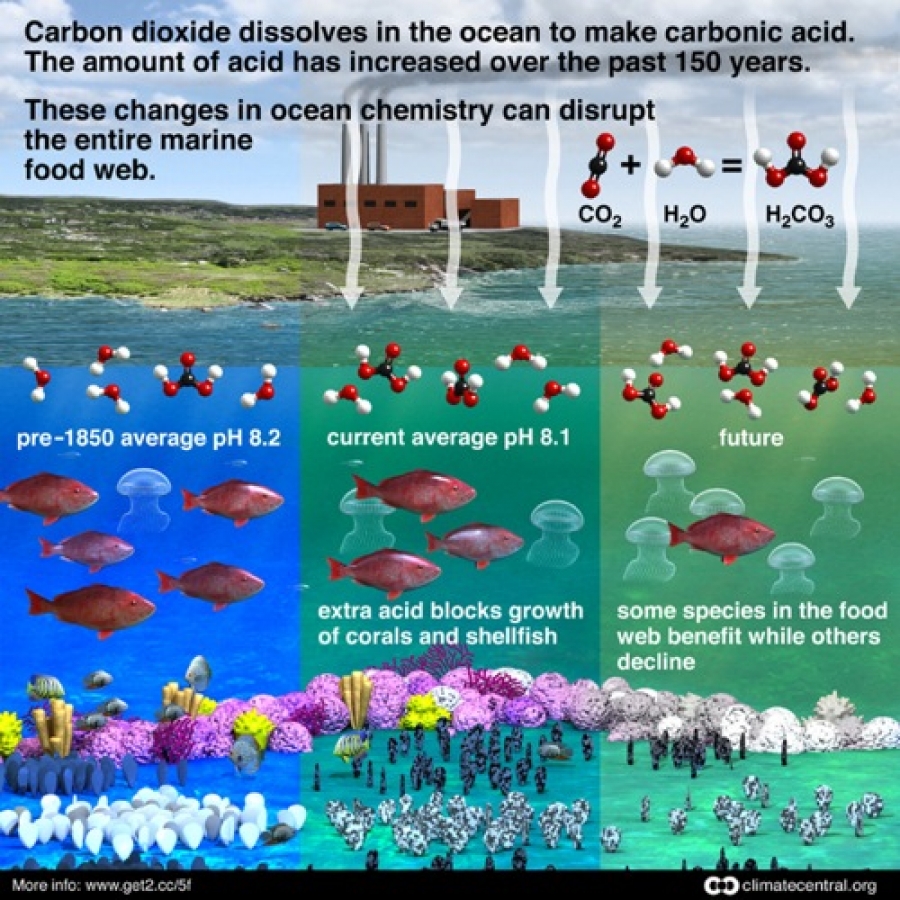
Gli oceani ci aiutano a ridurre la CO2 che resta in atmosfera in seguito alle nostre emissioni: ne assorbono più di un quarto. Ma in questo processo il pH si abbassa e gli organismi marini con guscio calcareo ne soffrono. La maggior parte del plancton ad esempio che è alla base di tutta la catena alimentare in mare. La rivista internazionale Nature Climate Change ha, di recente, pubblicato uno studio sugli effetti dell’assorbimento della CO2 negli strati più profondi dell’oceano, scegliendo come campione il mar del Giappone per le caratteristiche assimilabili a quelle di un piccolo oceano, rivelando che l’acidificazione è arrivata anche negli strati più profondi (dal blog di Le Scienze, edizione italiana di Scientific America, articolo di Antonello Pasini. Img sopra da The Economist).
ACIDIC OCEAN, Nature Climate Change #natureclimatechange #lescienze #theeconomist #tempodacqua #thetimeofwater
Also “The Economist” re launches the news: the world’s oceans are getting warmer, stormier and more acidic. They are becoming less productive as the ecosystems within them collapse. Melting glaciers and ice sheets are causing sea levels to rise, increasing the risk of inundation and devastation to hundreds of millions of people living in coastal areas. (immagine da climatesentral.org)
On September 25, 2019, the IPCC will release its Special Report on the Ocean and Cryosphere in a Changing Climate. The Intergovernmental Panel on Climate Change (IPCC) has released the Special Report on the Ocean and Cryosphere in a Changing Climate. More than 100 leading scientists from 36+ countries prepared the report, citing nearly 7,000 research publications. Here’s what to look for: the latest science on how climate change affects the ocean, coastal, polar and mountain regions—as well as the communities that depend on them; a focused chapter on sea level rise and its ramifications for low-lying islands; a look at climate extremes and “abrupt changes”, including tropical storms and the jet stream; options for risk management, adaptation, and sustainable development.
b


